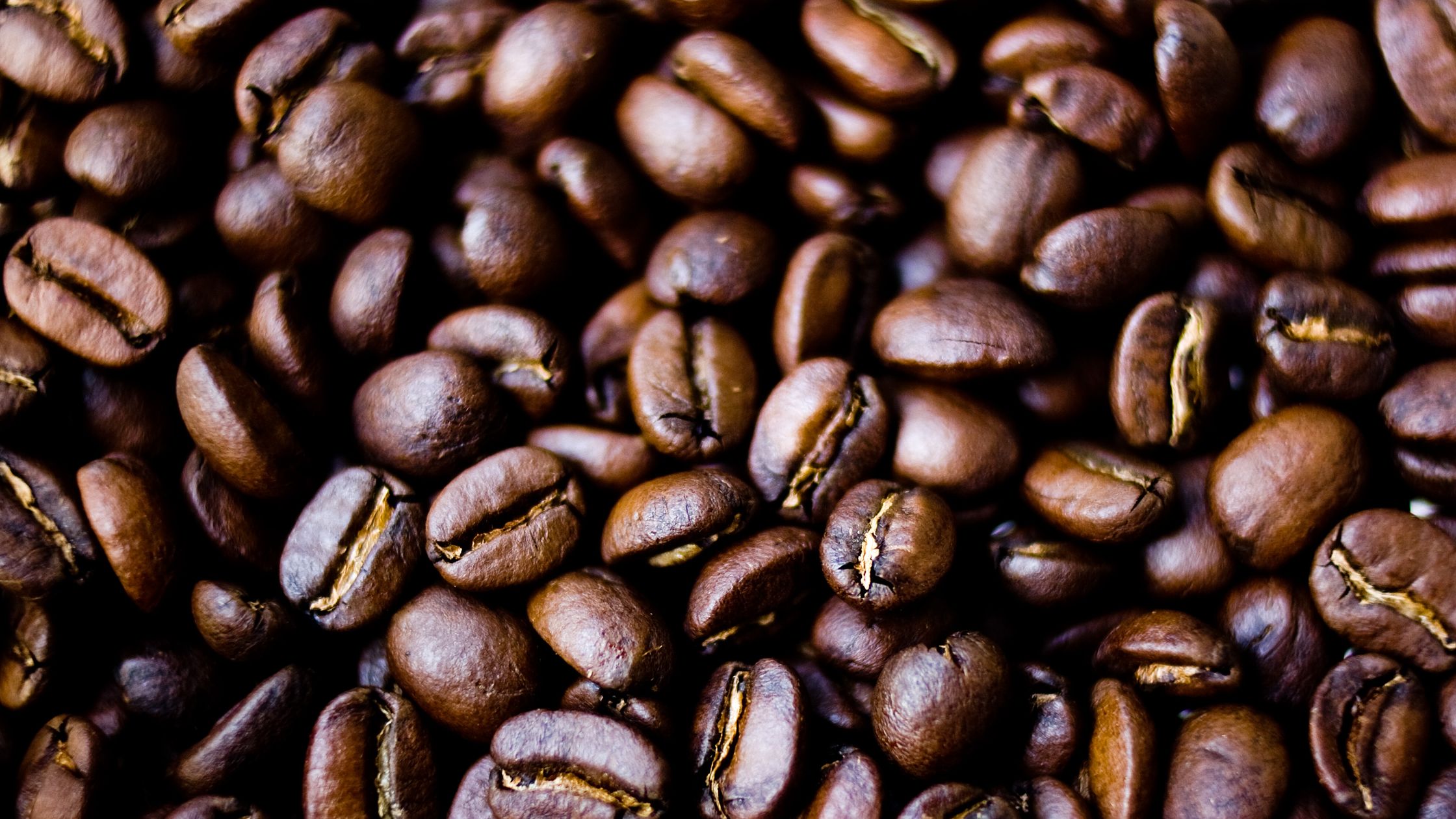- Beans: Sumatra (Arisarina Cooperative) – single origin
- Roaster: Brewing Good Coffee Company (Savage, MD)
- Origin: Sumatra, Indonesia (Aceh Tengah)
- Roast level: Medium
- Roast date: 5/21/2025
- Purchase date: 5/25/2025 at BGCC in Savage Mill
First cup: 5/27/2025
Last cup: 6/4/2025 - Process: Wet hulled; Varietals: Catimor, Typica, Timtim; Elevation: 1400-1700 MASL
- Tasting notes: Chocolate, dried cherries, above average body and low acidity
- V60:
- 19g coffee / 300g water (1:15.8)
- Ode: 5
- Water at 95°C
- Recipe: Single Cup V60 Pourover with size 2 cone, 36-40g bloom water and 50g pulses – finishes around 02:50
This was my second time buying coffee from Brewing Good. To avoid the hassle of parking at Savage Mill, I stopped by during my Sunday morning bike ride, which was very convenient. I suspect it won’t be the last time I do that.
I started at 1:15 and grind setting 4. After exclusively drinking fruity light roasts for the past month, this was quite the departure. It is really bold and roasty, with no noticeable acidity at all. The bag mentions that the roast is “a little darker than medium”, but I didn’t notice any of the burnt flavor that often turns me off to dark roasts. It has more than enough body at 1:15, and good flavor, but it starts to get a little bit overpowering around halfway through the cup. I suspect 1:16 will tone it down a bit, so I’m going to try that tomorrow.
6/1: I have brewed several cups with 19g/300g (1:15.8) and grind setting 5, and they have been pretty nicely balanced compared to my first few cups, which tasted a bit over-extracted. The draw-down is super, super fast — it’s mostly finished brewing at 2:40 to 2:45, even with the size 2 cone and a slower pour (5 pulses finishing at 2:10). The fast draw-down time, (relatively) coarse grind, and quick extraction are all very much in line with other Indonesian coffees I have brewed.
6/4: Finished these up, and the grind settings I noted on 6/1 definitely produced the best cups. Recipe updated.
